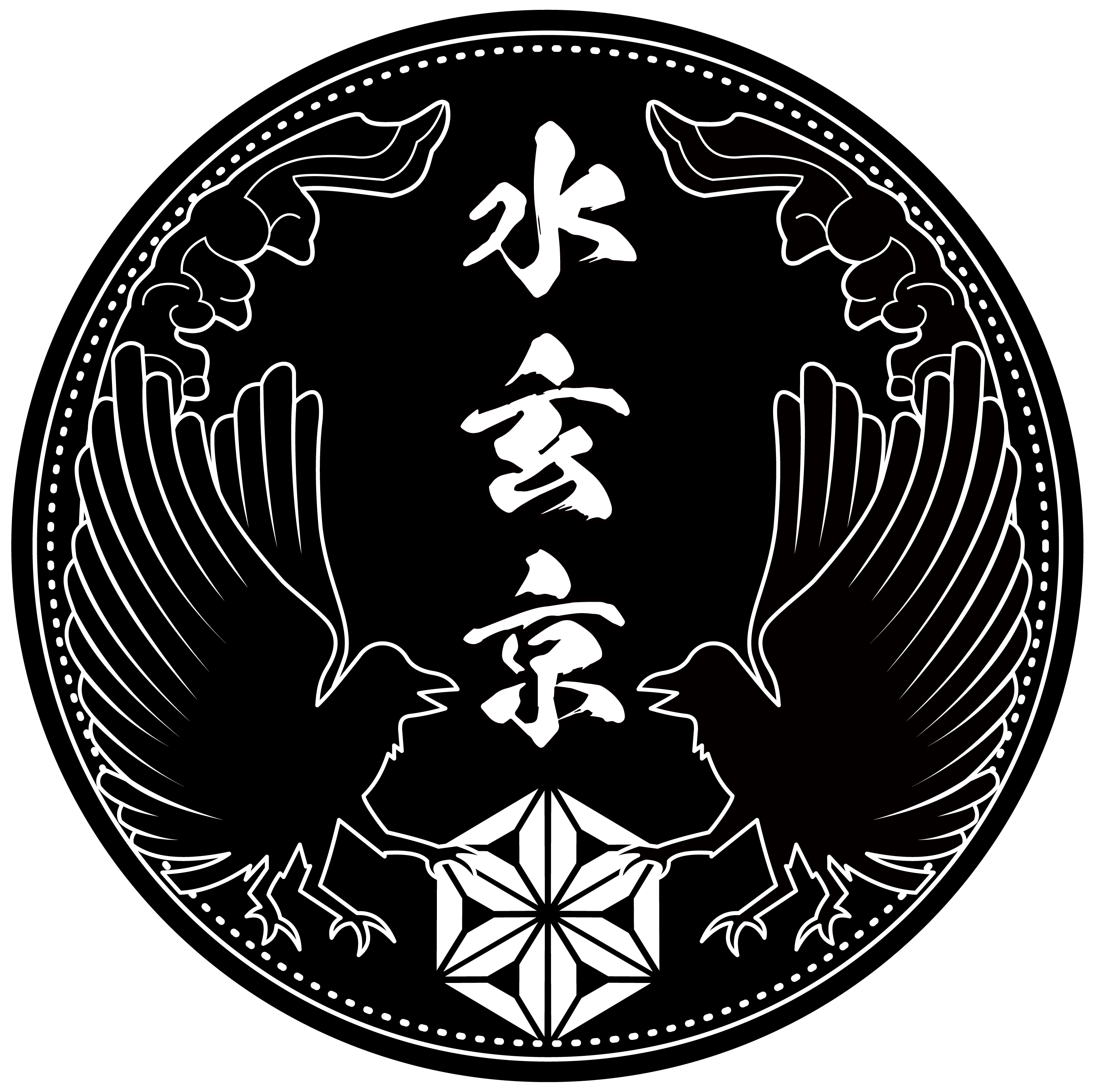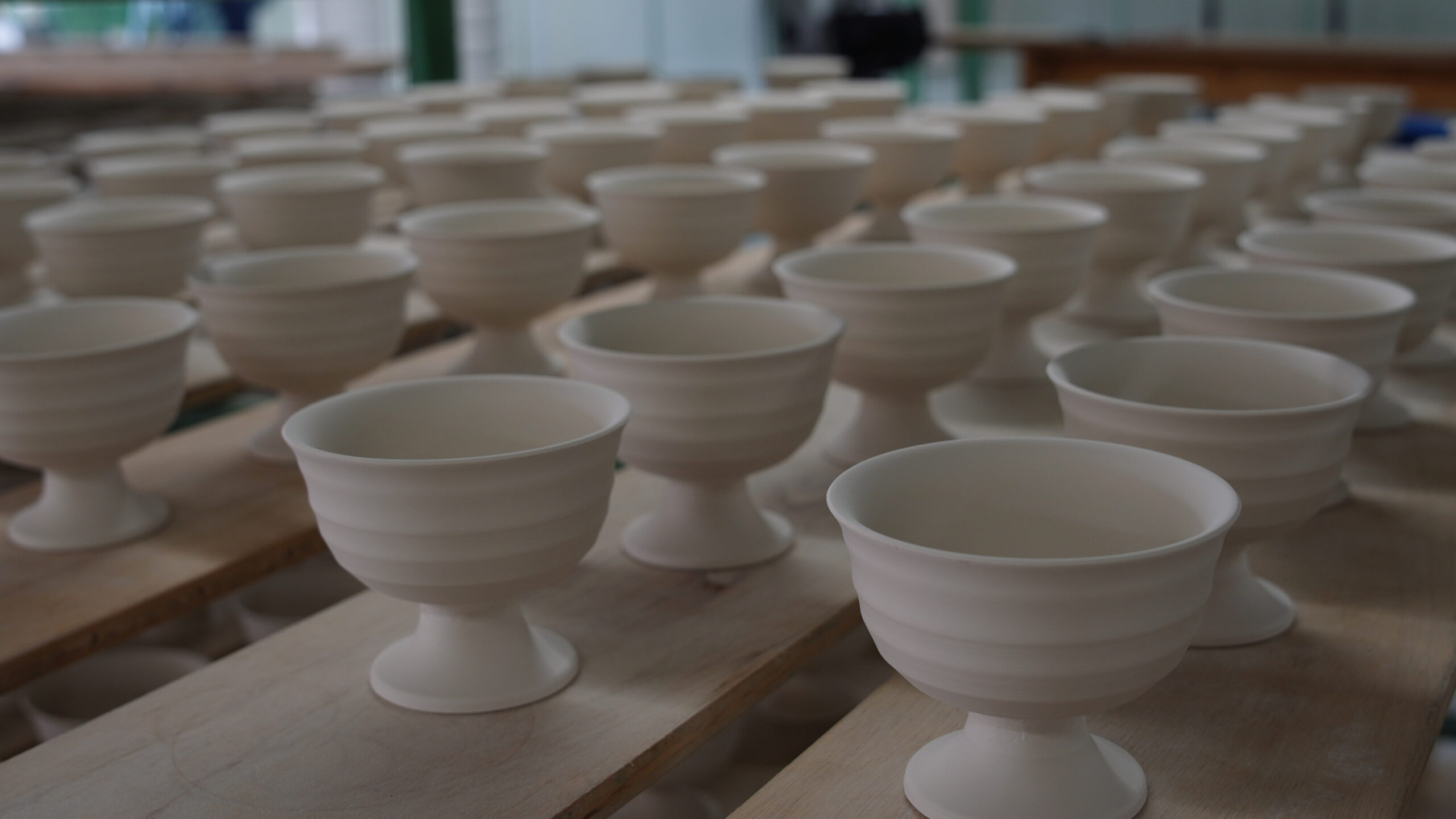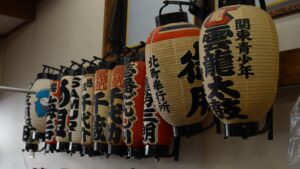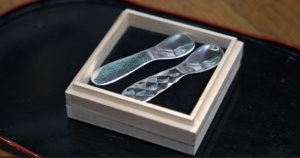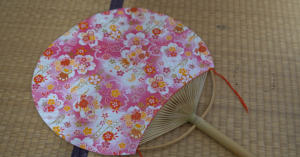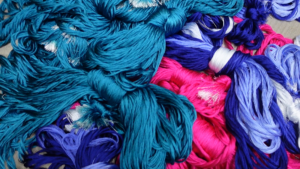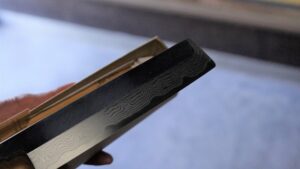What is Mino ware?
Mino ware is the general term for ceramics produced in the eastern part of Mino Province (Gifu Prefecture in present-day). It is said that about 50% of the ceramics produced in Japan are Mino ware. Many of the dishes which are essential to Japanese cuisine and the cups used for drinking tea are also produced in Mino. From this circumstance, it is fair to say that Mino ware is a craft that is particularly familiar to our daily lives.
Features of Mino ware
The characteristic of the Mino ware is that new glazes have been developed to meet the tastes of the people, and pottery of various shapes and colors has been born by improving craftsmans’ skill. Therefore, Mino ware is a craft that has changed in color, shape, and painting without being restricted by formality, and there are as many as 15 types of styles. It can also be said that one of the main characteristics of Mino ware is that you can find your own favorite pottery in the rich diversity of pottery.
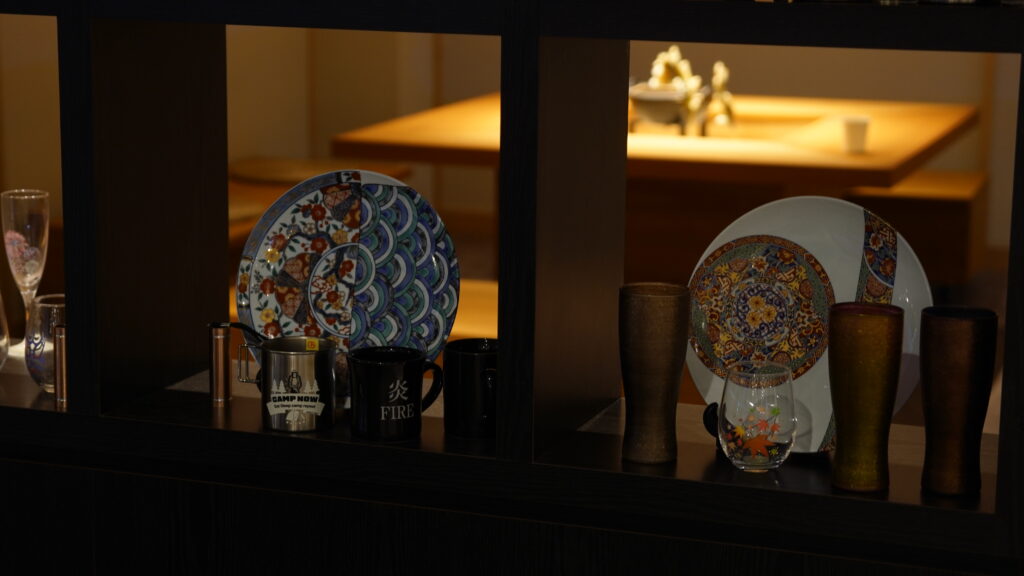
History of Mino ware
The history of Mino ware dates back to the Asuka period 1,400 years ago, when earthenware called Sue ware was produced, which is said to be the beginning of Gifu pottery culture. Then, in the Azuchi-Momoyama period , within a period of only 30 years, Mino ware with a high artistic quality appeared along with the fashionable world of the tea ceremony, which was reformed from Karamono (唐物: Chinese pottery) to Wamono (和物: Japanese pottery). With the diversified forms of Mino ware, bold and delicate painting, colors, and abundant individuality, is called “Mino Momoyama pottery (美濃桃山陶)” which is said to have risen to the pinnacle of aestheticism. However, Mino pottery, which mainly pursued beauty and individuality in its production, was driven into a crisis between the Meiji and Showa eras (1868 – 1989). The potters, who had to seek a new way to preserve the tradition, chose to bake miscellaneous daily wares. From that time, they began to focus on the production of ceramics that are easy to use in daily life. Due to this historical background, the form of Mino ware has changed to the present day, and the craftsmen’s reliable techniques have made it possible to produce ceramics that are still used today.
Therefore, Mino ware has become an extremely important ceramic ware for Japanese households.
How does the Mino ware look now?
Mino ware, which is loved by many people today, accounts for 50% of the domestic ceramic market, and it is seen as the most common Japanese tableware. People are still enjoying the glaze or the unique shape of Mino ware and the craftsmen are continuing to search for the forms that would fit the trend. In addition, the popularity of Mino ware is not limited to Japan but has been accepted in the West countries because of its diverse designs. After the 2020 pandemic, the renovation boom came out as more people started to spend their time at home. As a result, many people purchased Mino ware to enrich their personal lives. There are many people who like incorporating an atmosphere of Japanese and Western blending into the combination of food and tableware, the layout of their homes, etc. From this situation, the design of Mino ware that is not restricted by format is essential to harmonize the space, and this is the reason why it is gathering attention from all over the world.
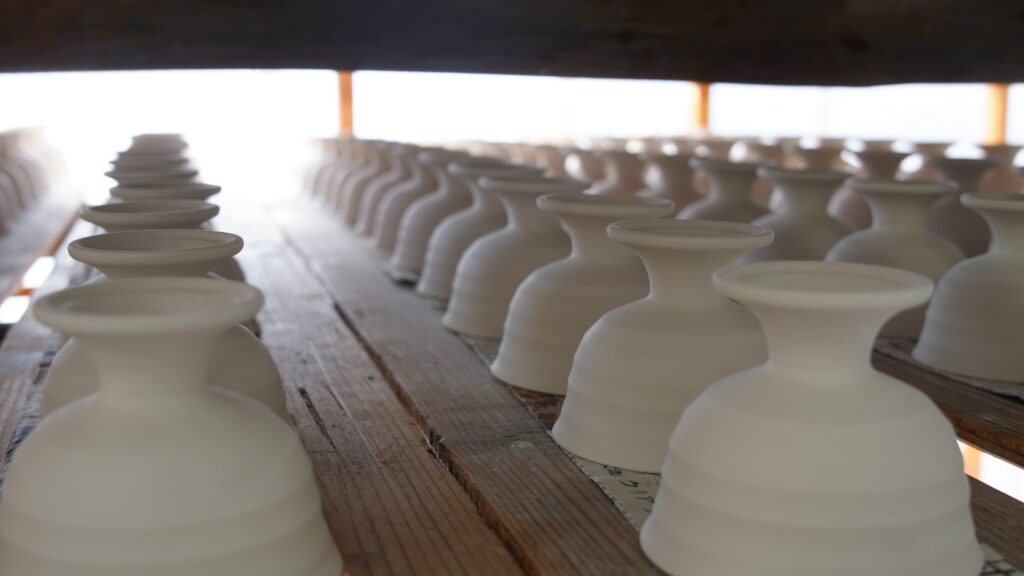
Mino ware has a wide variety of colors and shapes. Even today, Mino ware is a ceramic pottery which is accepted in not only Japan but also many other countries. Currently, we have a large number of Mino ware in stock on the Suigenkyo online site. We hope you will find your favorite Mino ware from our collection.
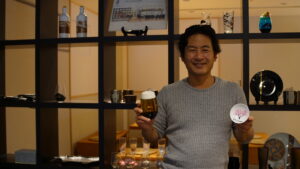
Suigenkyo Online Store
We offer a wide range of products including tableware, accessories, and interior design.
Suigenkyo YouTube
You can see the making process of the products listed on Suigenkyo Online Store.
